
Plinth Beam Design: Strength, Size & Smart Applications
April 24, 2025
Behind the Walls: A Look at Plumbing Work In House
April 24, 2025Imagine walking barefoot on a smooth surface in your garden or having a sleek, low-maintenance patio that looks amazing year-round. Sounds like a dream, right? But what if we told you that the key to achieving this aesthetic and practicality lies in something as simple as pea gravel?
Pea gravel is more than just a bunch of small rocks. So, what exactly is pea gravel? How’s it made? How much should you expect to pay for it, and where can you use it?
Ready to learn why this small stone is making a big impact? Let’s jump in!
What is Pea Gravel?
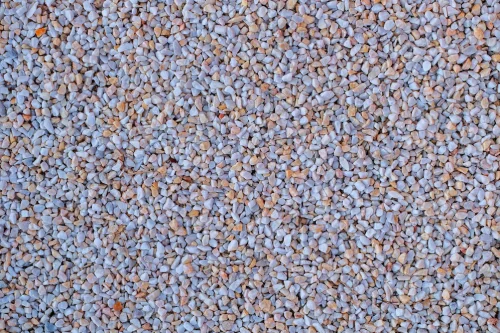
Pea gravel consists of small, rounded stones typically measuring between 1/4 inch and 3/8 inch in diameter. These stones are known for their smooth texture and come in a variety of colors, including shades of brown, gray, white, and even translucent hues. The term "pea gravel size" refers to this specific range, which resembles the size of green peas.
The smoothness and uniformity of pea gravel make it a popular choice for creating comfortable walking surfaces, decorative accents, and functional drainage solutions. Its natural appearance allows it to blend seamlessly with various landscaping styles.
How Pea Gravel is Made
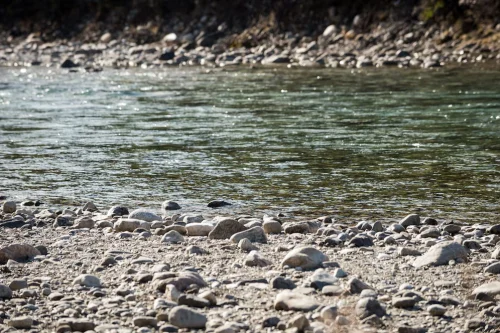
Pea gravel is formed through natural processes over time. It originates from riverbeds, where larger rocks are subjected to the constant movement of water. This movement causes the rocks to collide and break down into smaller, smoother pieces. The result is the rounded, polished stones we recognize as pea gravel.
In some cases, pea gravel is also produced by mechanically crushing larger stones and then tumbling them to achieve the desired smoothness. This method ensures a consistent "pea gravel size" suitable for various applications.
How Much Does Pea Gravel Really Cost?
The cost of pea gravel in India can vary based on your location, the quality of the gravel, and how much you need.
On average, pea gravel costs around ₹3 to ₹7 per kg. For bulk purchases, you might pay ₹3,000 to ₹7,000 per ton, depending on transport charges and supplier rates.
- If you're planning a small garden path or patio, expect to spend ₹6,000–₹10,000 for materials (excluding labor).
- For larger landscape projects, costs can go upwards of ₹20,000
Purchasing pea gravel in bulk is generally more cost-effective than buying individual bags, especially for larger projects. It's advisable to compare prices from local suppliers and consider delivery fees when budgeting for your project.
Where to Use Pea Gravel
Pea gravel's versatility makes it suitable for a wide range of landscaping and construction applications. Here are some common uses:
1. Pea Gravel Patio

Creating a pea gravel patio is an affordable and attractive way to enhance your outdoor living space. The smooth stones provide a comfortable surface for walking and lounging, and their natural appearance complements various design styles. Proper installation, including a stable base and edging, ensures longevity and ease of maintenance.
2. Walkways and Pathways
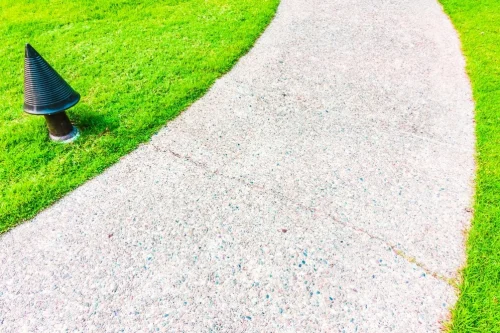
Pea gravel is ideal for constructing walkways and garden paths. Its small size and smooth texture make it comfortable underfoot, while its permeability allows for excellent drainage. Installing landscape fabric beneath the gravel helps prevent weed growth and maintains a clean appearance.
3. Driveways
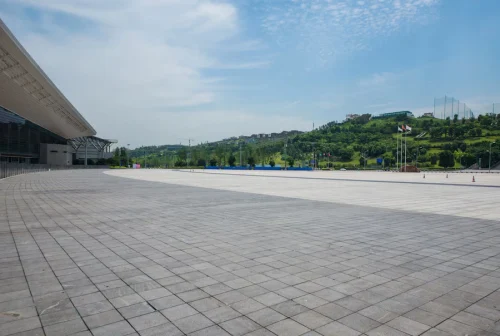
While not as stable as asphalt or concrete, pea gravel can be used for driveways with proper preparation. A well-compacted base and regular maintenance, such as raking and replenishing gravel, are essential to keep the surface level and prevent displacement.
4. Playgrounds
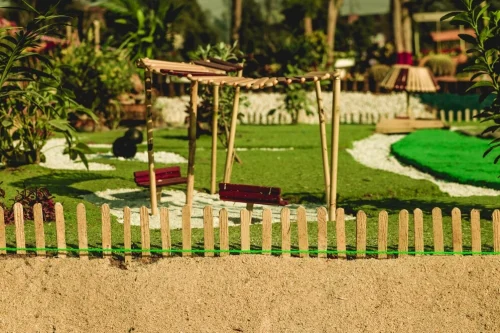
Pea gravel is a popular choice for playground surfaces due to its cushioning properties. It provides a safe and natural-looking ground cover that helps absorb impact and reduces the risk of injuries.
5. Drainage Solutions

Thanks to its permeability, pea gravel is effective in managing water runoff and preventing erosion. It's commonly used in French drains, around downspouts, and in other drainage applications to facilitate water movement and protect structures.
6. Decorative Accents
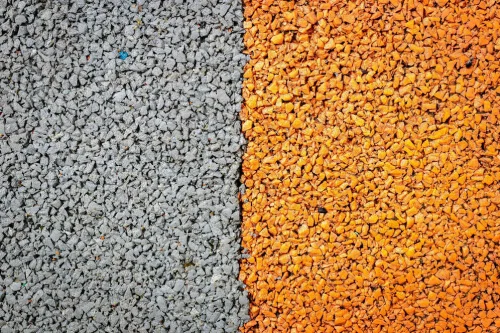
Pea gravel serves as an attractive ground cover for flower beds, around trees, and in other landscaping features. Its variety of "pea gravel colors" allows for creative design choices that enhance the visual appeal of outdoor spaces.
Tips for Installing Pea Gravel
Proper installation is key to maximizing the benefits of pea gravel. Here are some tips to ensure a successful project:
- Prepare the Area: Clear the site of vegetation and debris. Excavate the area to the desired depth, typically around 4 to 6 inches.
- Install a Base Layer: Add a layer of crushed stone or coarse gravel to provide stability and improve drainage.
- Use Landscape Fabric: Lay down landscape fabric to prevent weed growth and keep the pea gravel from mixing with the underlying soil.
- Add Edging: Install edging materials, such as metal, plastic, or wood, to contain the gravel and maintain clean lines.
- Spread the Pea Gravel: Distribute the pea gravel evenly over the prepared area, aiming for a depth of about 2 to 3 inches.
- Compact the Surface: Use a tamper or roller to compact the gravel, creating a stable and level surface.
Regular maintenance, including raking and replenishing gravel as needed, will help keep your pea gravel area looking its best.
Is Pea Gravel Right for You?
Pea gravel offers numerous advantages, but it's essential to consider whether it's the right choice for your specific needs:
- Aesthetic Appeal: The variety of "pea gravel colors" allows for customization to match your landscape design.
- Cost-Effective: Compared to other materials, pea gravel is relatively affordable and easy to install.
- Permeability: Its porous nature promotes excellent drainage, reducing water pooling and runoff.
- Low Maintenance: With proper installation, pea gravel requires minimal upkeep.
When deciding between pea gravel and other materials, such as "pea gravel river rock," consider factors like intended use, budget, and desired aesthetics. Pea gravel's smaller size and smoother texture make it more comfortable for walking surfaces, while river rock's larger size offers a more rugged appearance.
Conclusion
Pea gravel is a versatile, attractive, and cost-effective material suitable for various landscaping and construction projects.
Before deciding, take the time to evaluate your space’s specific needs, your local climate, and how much maintenance you're willing to put in. Pea gravel is best for adding texture, creating natural flow, and providing a drainage solution. But remember, it’s essential to choose the right materials for your project to avoid unexpected challenges down the road.
Ready to Upgrade Your Outdoor Space?
If you're looking to enhance the overall design of your space, consider exploring Green Fortune’s premium range of UPVC windows and doors. Our energy-efficient, durable, and aesthetically pleasing products can complement any home improvement project.
Visit The Green Fortune today to explore our collection and take your home to the next level!
FAQs
Can pea gravel be used in rainy climates?
Yes, pea gravel actually drains water well, making it great for wet climates. It helps prevent puddles and erosion around your home. Just make sure the base layer underneath is well-prepared for long-lasting results.
Can pea gravel be used around plants in a garden?
Pea gravel is an excellent choice for garden beds as it helps with drainage and prevents weed growth. Its small size also makes it easy to spread around plants without harming their roots. Just make sure to leave enough space for water to reach the soil, and consider layering it with landscape fabric underneath.
How do I maintain pea gravel in my backyard?
Maintaining pea gravel requires occasional raking to keep the surface even and free from debris. If the gravel starts to look worn down or sunken, adding a fresh layer can restore its appearance. Regularly check the edges to ensure the gravel doesn't spill into surrounding areas, especially after heavy rain.








